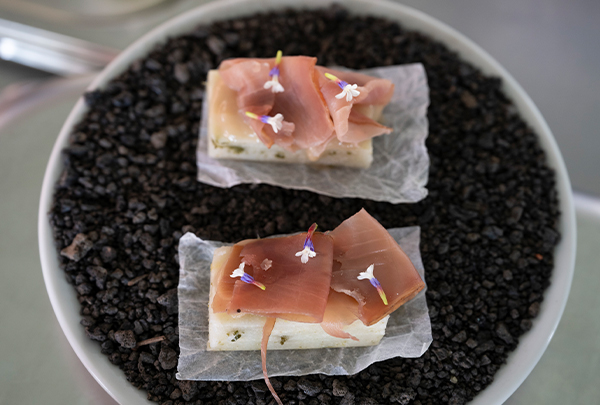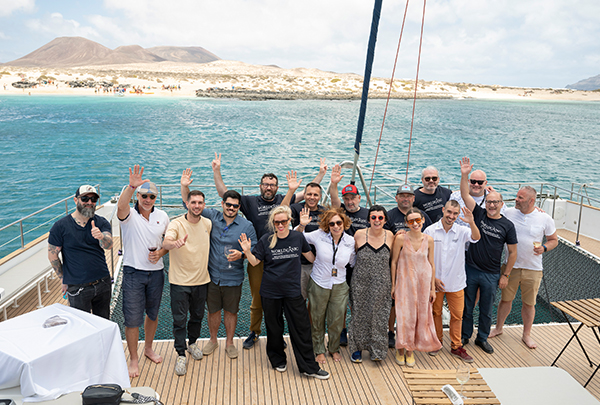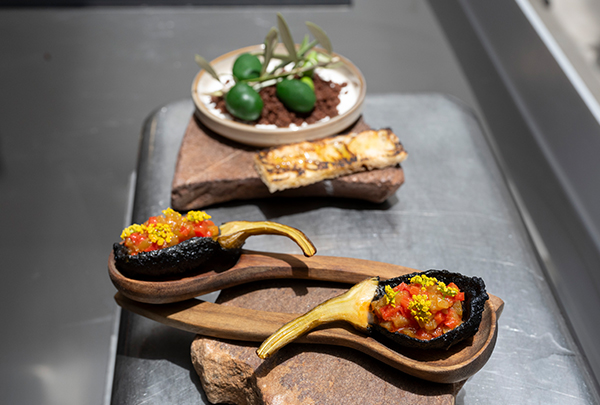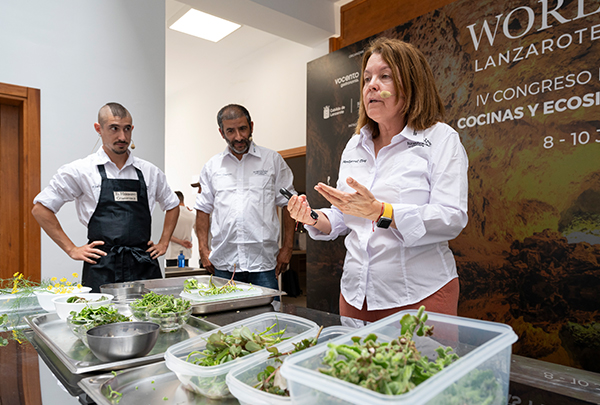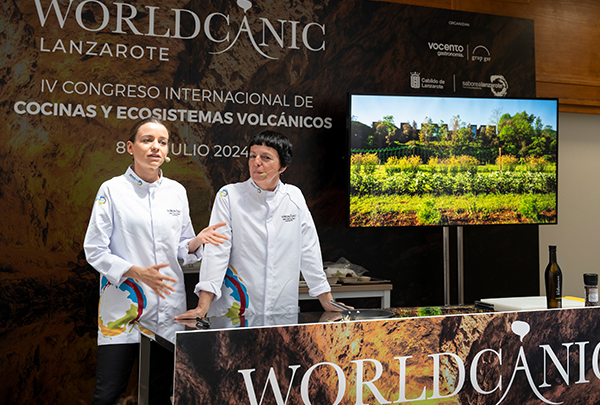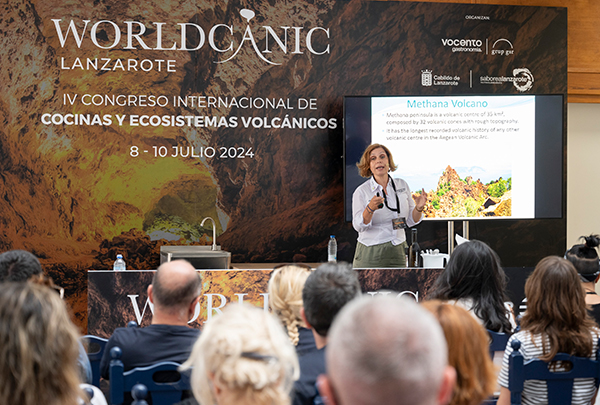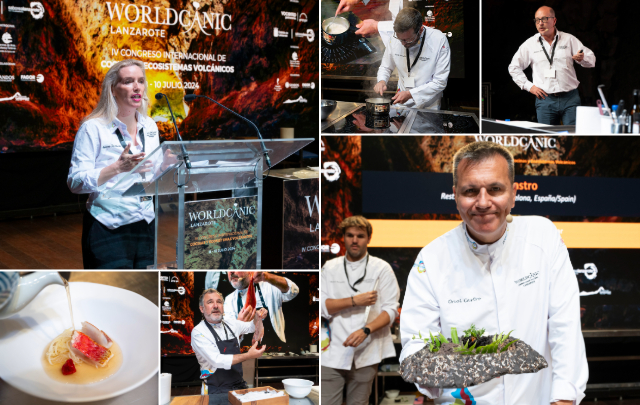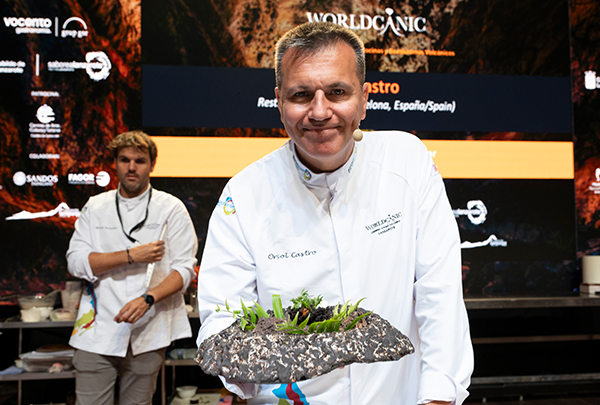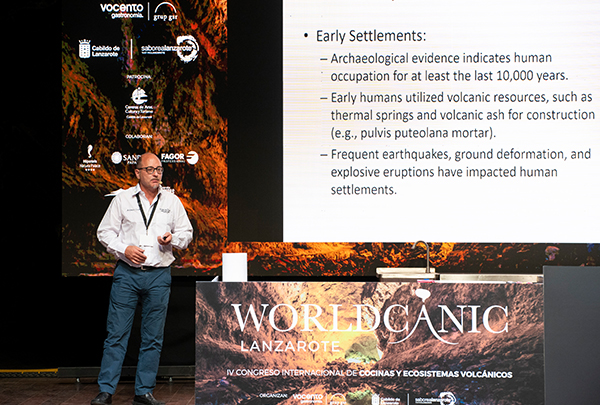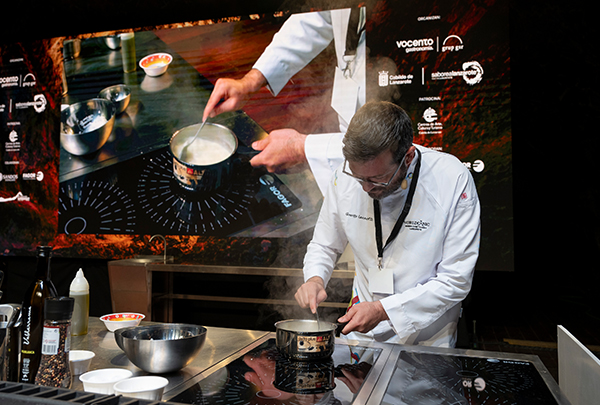News
Anne Fornier: "Each volcano is unique and has its own ecosystem. A wealth that must be protected"
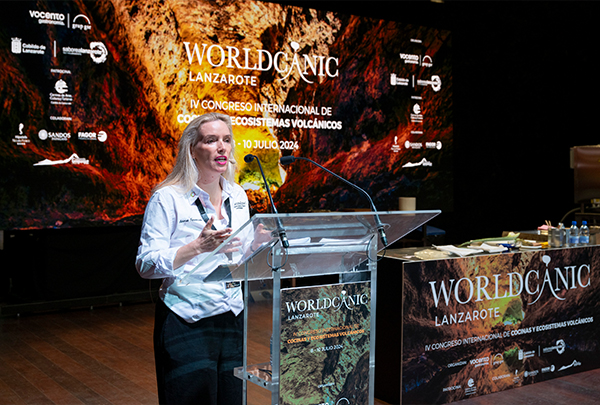
Volcanologist Anne Fornier stressed the uniqueness of each volcano in a speech in which Europe reclaimed its position as the cradle of volcanism
Geographer and volcanologist Anne Fornier, director of the Volcano Active Foundation and already well known to Wordlcanic followers, opened the morning session of the first day of the fourth edition of this congress dedicated to volcanic cuisine and volcanic ecosystems. She did so by reviewing the different relationships that man has had with volcanoes throughout the ages. A relationship that is born and grows intimately with Europe, the cradle of volcanology.
From the beliefs and myths that dominated the first stages - "the Roman god Vulcan himself gives his name to our science" - we move on to a stage of observation of the nature of the volcano. An observation that intensified after the dramatic eruption of Vesuvius over Pompeii, "a phase that lasted for a long time and of which we have evidence not only in texts such as those of the historian Pliny the Elder, but also in works of art with artistic descriptions of volcanic phenomena", explains Anne Fornier.
But the real turning point came at the beginning of modern volcanology with the work of the geologist, volcanologist and speleologist Haroun Tazieff, "a sort of Indiana Jones of volcanoes", as Fournier described him. Tazieff approached volcanoes, even the most inaccessible ones, to collect data and better understand them. With him and his work, "the role of dissemination and prevention of volcanic risks began, but also the need to protect the ecosystems of each volcano". This is very important because "each volcano is unique because its magma is unique and gives rise to its own fertile soil, which means that each volcano has its own ecosystem," says the French volcanologist. In fact, 80% of the species in each volcanic ecosystem are endemic. She explains this perfectly, "because each product grown in these volcanic soils is different from place to place and can offer chefs the unique characteristics of each area".
Fournier also wanted to remember a couple of volcanologists who were the first to photograph and film live eruptions, Maurice and Katia Krafft, who were as close as 30 centimetres from the lava. These pioneers inspired and continue to inspire volcanologists today to deepen their knowledge of these great fire gods that are volcanoes.

